Advertisement
Protecting your child's general healthincluding their eye healthis the first concern for a parent. Children's eyes develop and change quickly, and strong eyesight is vital for learning and development. Knowing the fundamentals of children's eye health can enable you to know what to look for when to consult a specialist, and how to avoid typical vision issues.
Good eye care practices and frequent eye exams help guarantee your child has healthy eyesight for many years. Common childhood eye disorders, symptoms of eye difficulties, the need for eye checkups, and pointers for preserving the best eye health will be discussed in this article.

Early detection of any vision issue depends on regular eye exams. Children might not always know they have a vision problem. Some disorders like lazy eye (amblyopia) or crossed eyes (strabismus) are undetectable without an evaluation. Such diseases are easier to cure in youth when the eyes are still developing; hence, early identification of them is essential.
Depending on their eye condition, pediatricians advise youngsters to receive their first eye exam between six months and one year. These tests guarantee early discovery and treatment of problems, including astigmatism, farsightedness, or nearsightedness. Maintaining frequent eye exams helps promote your child's general developmentincluding academic performanceand helps prevent long-term vision issues.
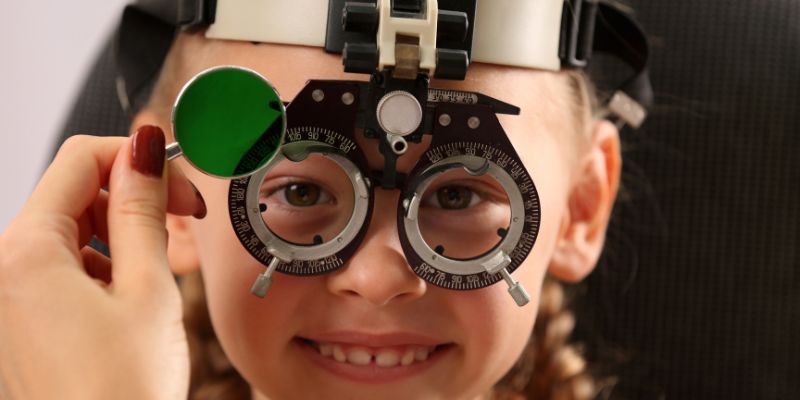
Children can have several eye problems. Early recognition of signs of vision problems in children will help to prevent long-term visual loss. These are some typical problems:
If problems develop, look for symptoms, such as squinting, eye rubbing, and trouble focusing, and see an eye doctor.
Ensuring your child's eyes stay good calls for more than routine visits. You may follow these essential tips for child eye care right at home:
Following these guidelines, you can keep your child's eye condition intact and avoid problems.
Youngsters today spend more time in front of devices than they did years ago. Too much screen time can damage their eye health, whether watching TV, playing video games, or using tablets and smartphones. Extended use of digital gadgets can lead to signs of digital eye strain, including headaches, impaired vision, and dry eyes.
To protect your child's eyes from screen strain:
These routines will guard your child's long-term vision and help lower their eye strain risk.
Although taking your child for an eye exam can be intimidating, knowing the importance of routine eye exams for kids will help smooth the process. Children's eye exams are meant to be easy.
The eye doctor probably will do numerous tests throughout the exam, including:
Ensuring your child's eyes grow correctly and that any problems are discovered early on depends on regular tests.
Preventing more vision problems in your child depends on identifying the indicators suggesting they could need glasses. Children may not always be aware they have visual issues; hence, parents should be alert for typical symptoms:
See an eye doctor should you have any of these symptoms. Early corrective lens intervention can help your child see better and have better general quality of life.
Your child's learning, development, and general well-being depend on their eyes' condition. Your child's eyesight will remain healthy if you plan frequent eye exams, monitor for vision issues, cut screen usage, and support outside play. Early on, good eye care habits will help avoid many common eye problems and provide your child with the greatest beginning in life. Remember these basic ideas for child eye care to help your child succeed now and in the future and to preserve their vision.
Advertisement

By Sean William/Dec 18, 2024
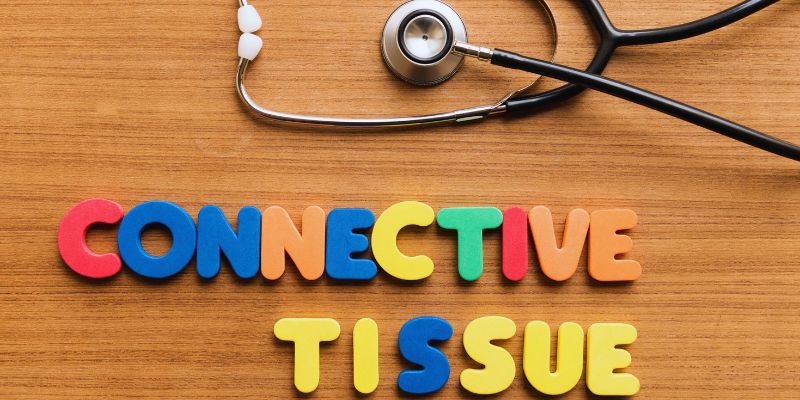
By Alison Perry/Feb 08, 2025

By Aldrich Acheson/Feb 19, 2025
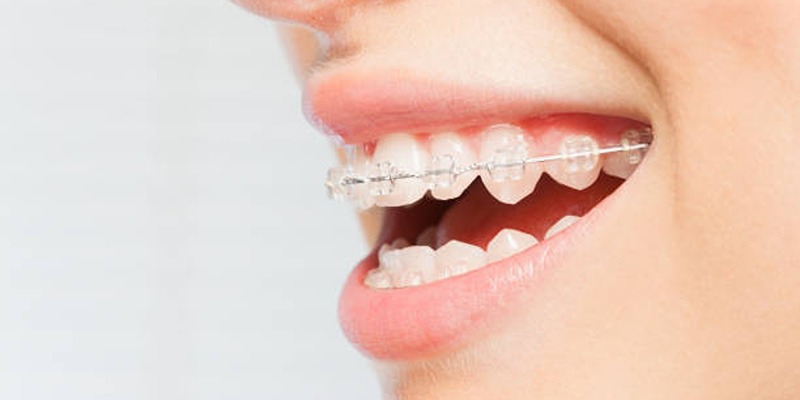
By Maurice Oliver/Nov 22, 2024
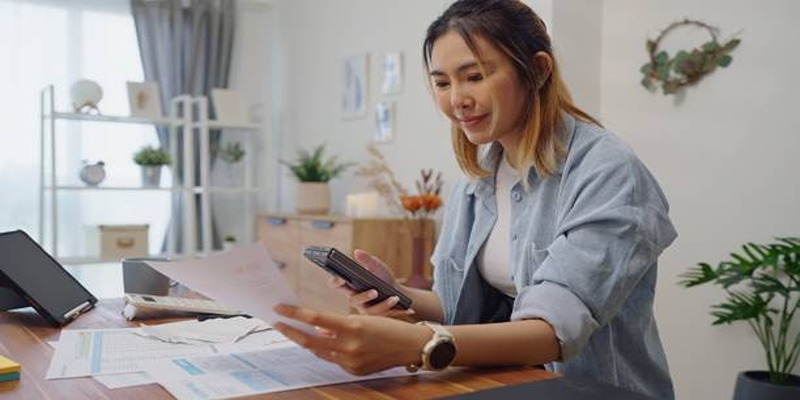
By Pamela Andrew/Dec 07, 2024

By Triston Martin/Mar 17, 2025

By Celia Kreitner/Dec 18, 2024
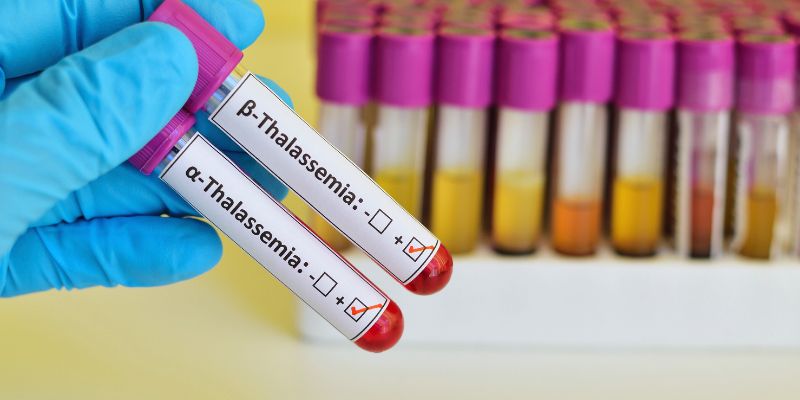
By Celia Shatzman/Feb 07, 2025
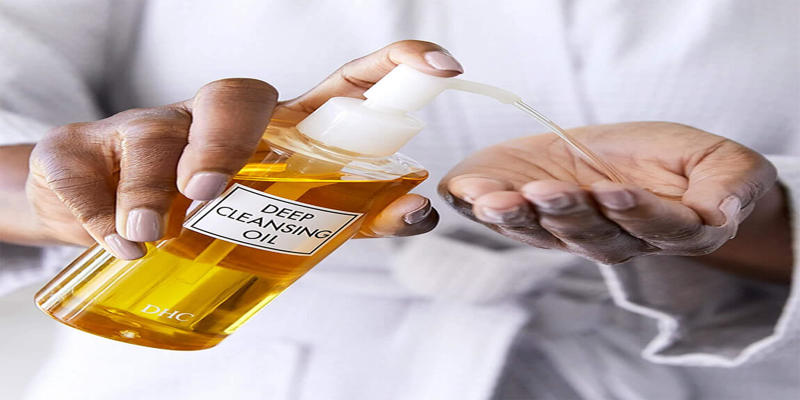
By Noa Ensign/Feb 19, 2025
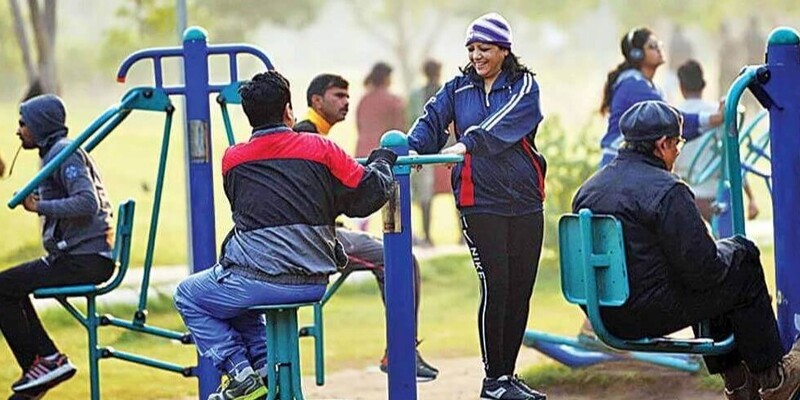
By Noa Ensign/Oct 14, 2024

By Aldrich Acheson/Oct 07, 2024

By Vicky Louisa/Dec 07, 2024